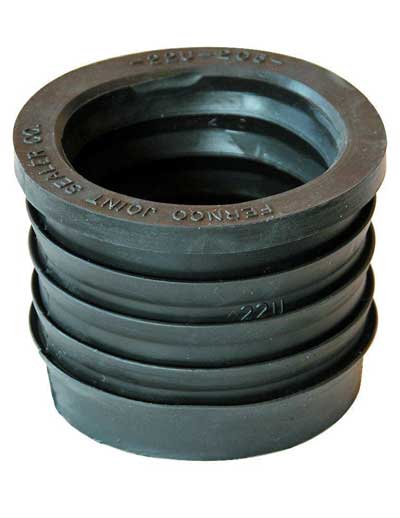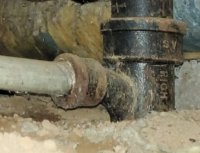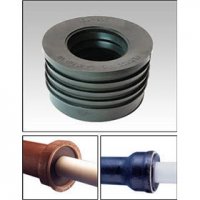TheGewp
Member
Should i even try to tackle this? I have no experience with cast iron, and i assume that 2" santee on the main stack should be a 3" minimum at this point? From what i can tell the laundry room was added long after and only has a 1.5" drain for a sink and washer, and the kitchen was "upgraded" to a 2", but reduces to a 1.5 at the horizontal connection. Both backup into the bathtub occasionally.

Last edited:



